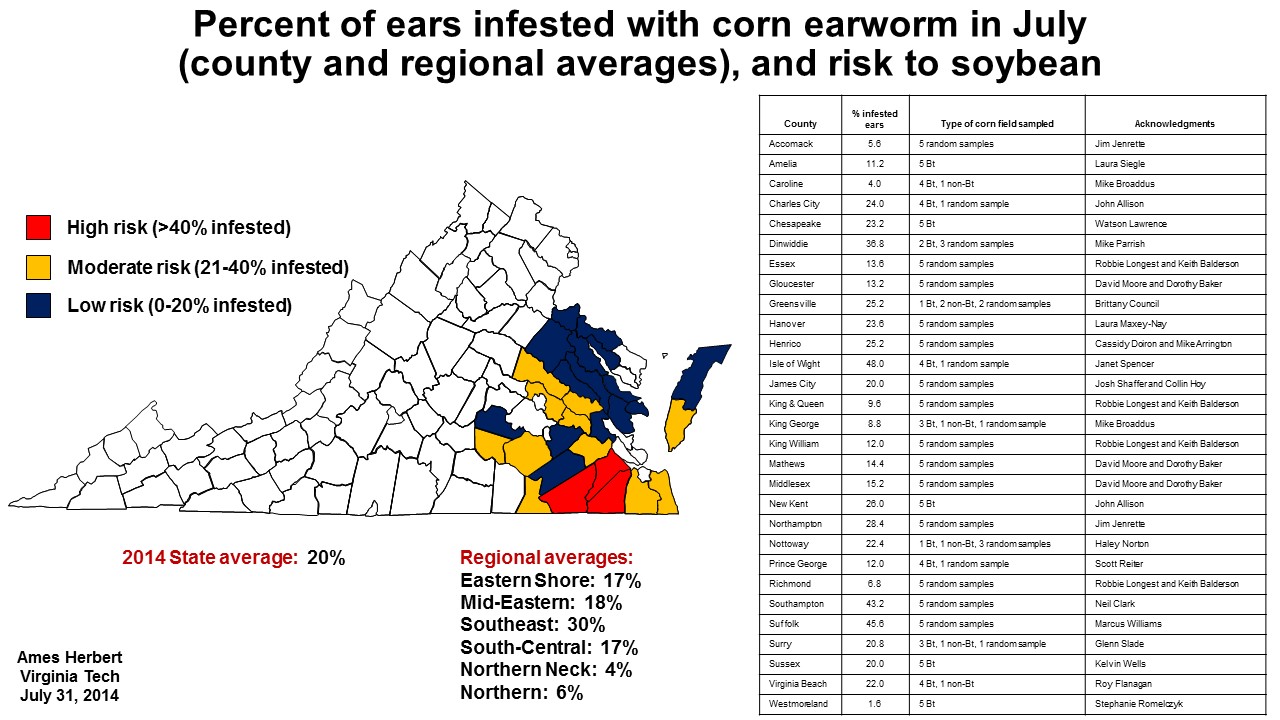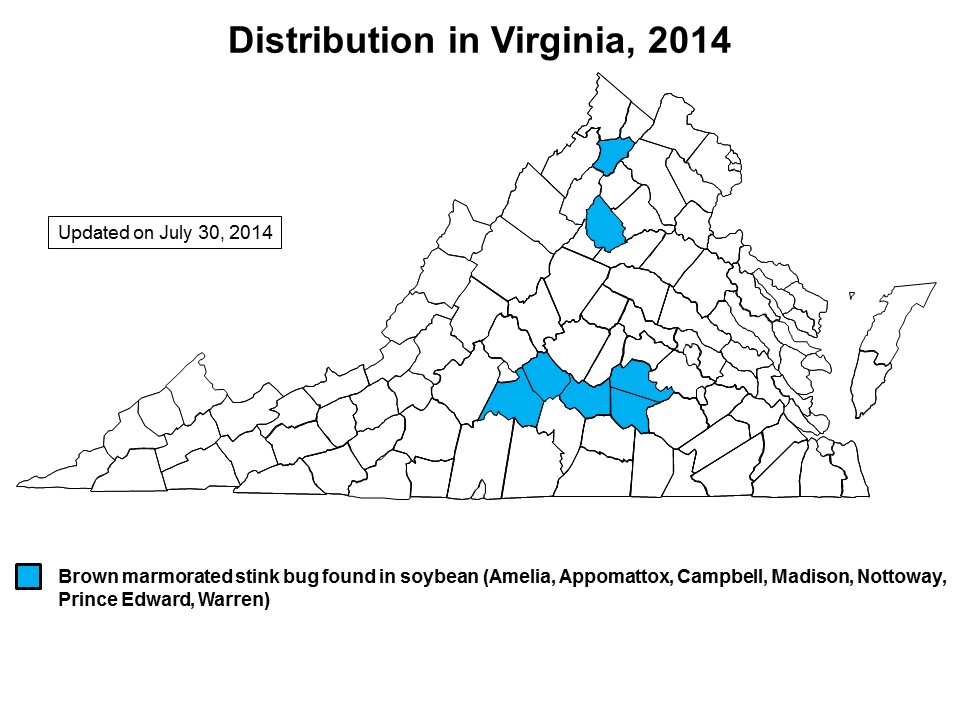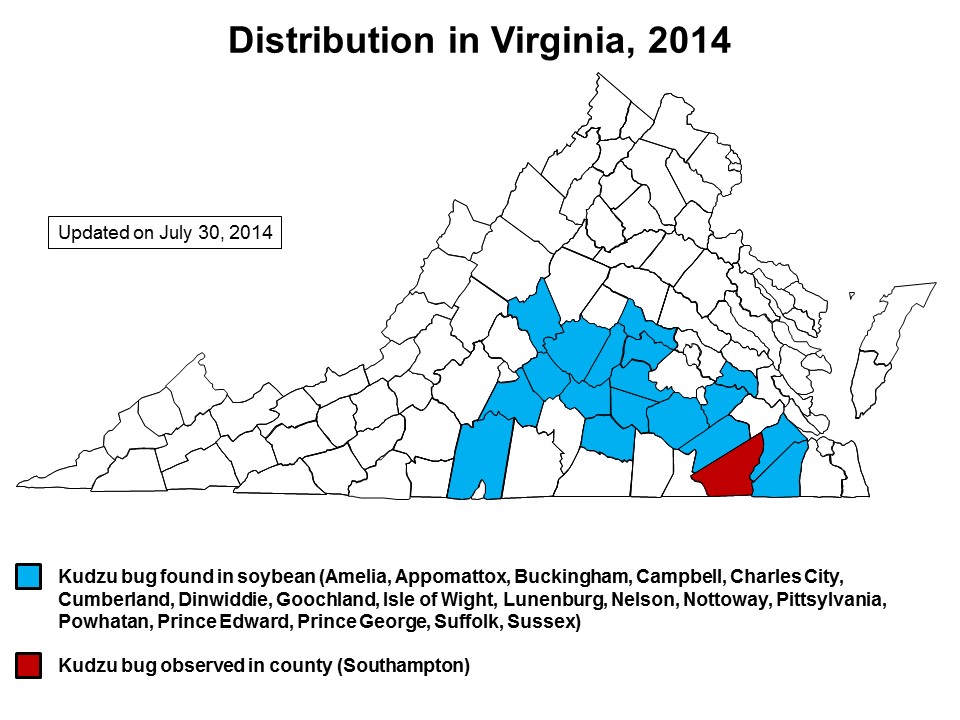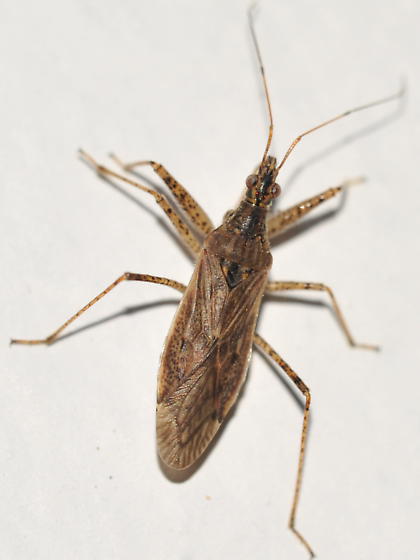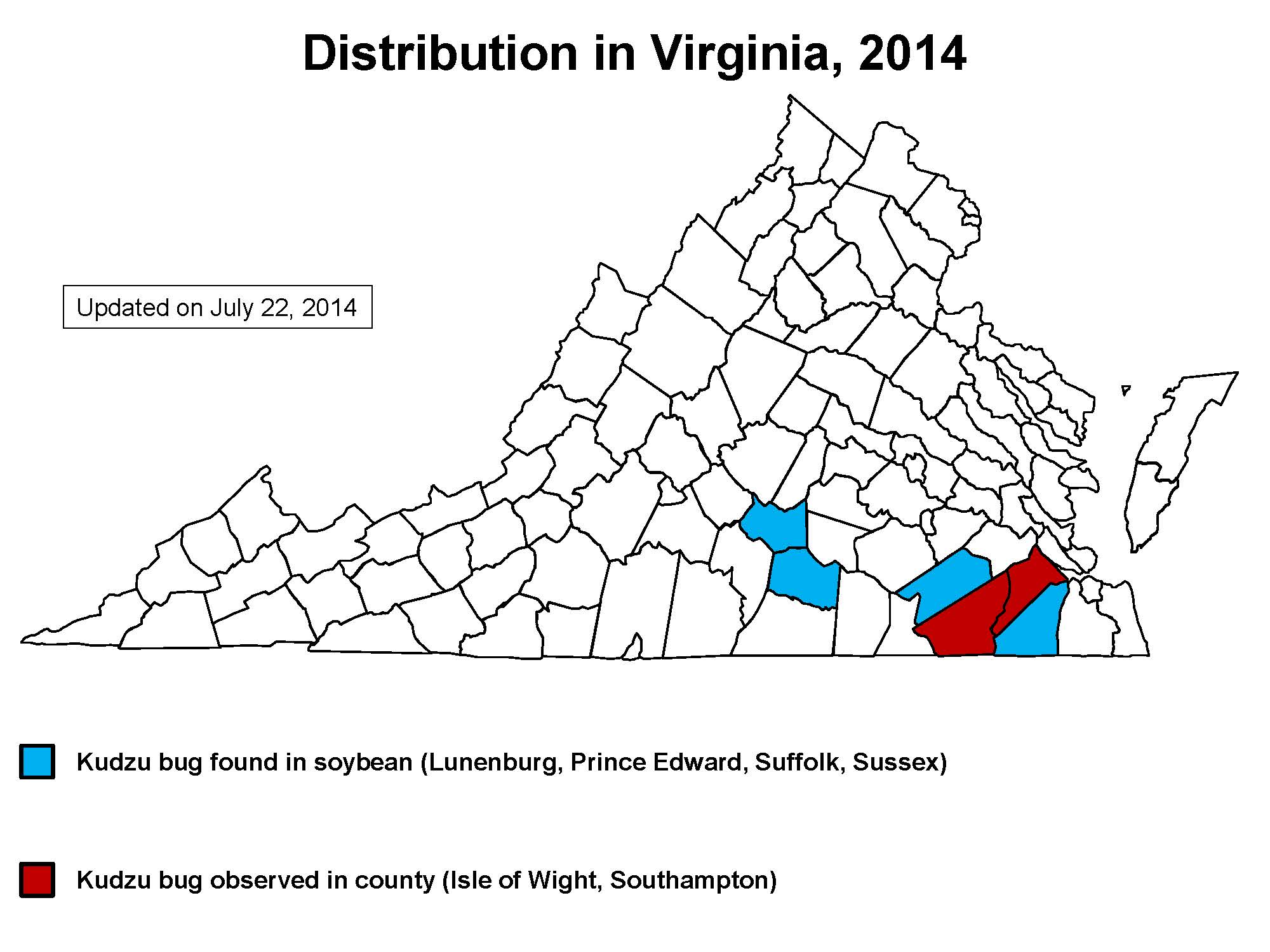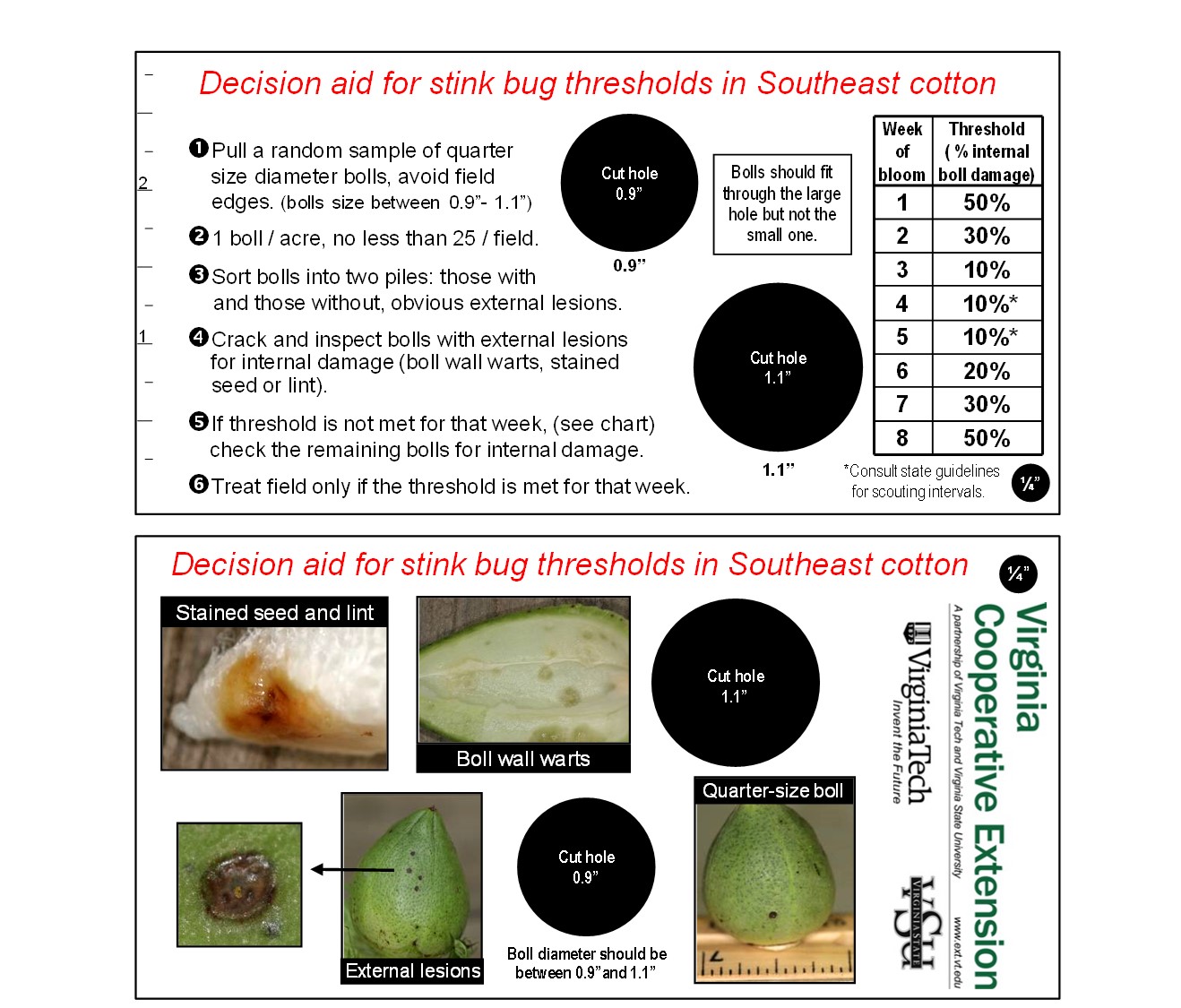The Virginia Ag Expo will be held at Bleak House Farm, Lottsburg, Virginia on August 7, 2014, starting at 7:30 a.m.

Bleak House Farm, Home of the 2014 Virginia Ag Expo

2013 Virginia Ag Expo at Land of Promise Farms, Virginia Beach
More than 140 exhibitors and sponsors will be showcasing the latest equipment, technology, goods, and services.
Field tours will begin at 9:00 am, run every 1/2 hour, and include:
- Disease update for soybean and corn with Dr. Hillary Mehl, Virginia Tech Plant Pathologist.
- Insect pests of soybean and corn with Dr. Ames Herbert, Virginia Tech Entomologist.
- Weed control and weed resistance management with Drs. Michael Flessner and Scott Hagood, Virginia Tech Weed Specialists.
- High-yield soybean management, with Dr. David Holshouser, Virginia Tech Soybean Agronomist.
- High-yield corn management with Dr. Wade Thomason, Virginia Tech Grains Agronomist.
- Safety demonstration for handing bulk seed containers with Crop Production Services.

2013 Virginia Ag Expo – High-Yield Corn Management
Not on the tour, but open to view, will be Fred Downing’s collection of vintage farm tractors.
There is no charge to attend the expo and no need to preregister.
Breakfast and lunch will be available from 6:30 a.m. until 2 p.m. Local civic organizations and food truck vendors will offer a wide array of items, including barbecue, seafood, chicken, hamburgers, hot dogs, and complete dinners.
For those using GPS for directions to reach the expo, enter the following address into your system: 662 Bleak House Farm Lane, Lottsburg, VA 22511.
The Virginia Ag Expo is a joint project of the Virginia Grain Producers Association and the Virginia Soybean Association, in partnership with Virginia Cooperative Extension.
For more information, contact the Virginia Grain Producers Association at 804-726-6022 or the Virginia Soybean Association at 804-466-1693 or visit the 2014 Virginia Ag Expo website.



